 Mercury levels of body feathers of Black-browed Albatrosses (pictured) were tested as part of the study. Photo by Richard Phillips
Mercury levels of body feathers of Black-browed Albatrosses (pictured) were tested as part of the study. Photo by Richard Phillips
William F. Mills (Department of Geography and Environmental Science, University of Reading, UK) and colleagues have published open access in the journal Archives of Environmental Contamination and Toxicology on variations in mercury levels in albatrosses and petrels in the South Atlantic.
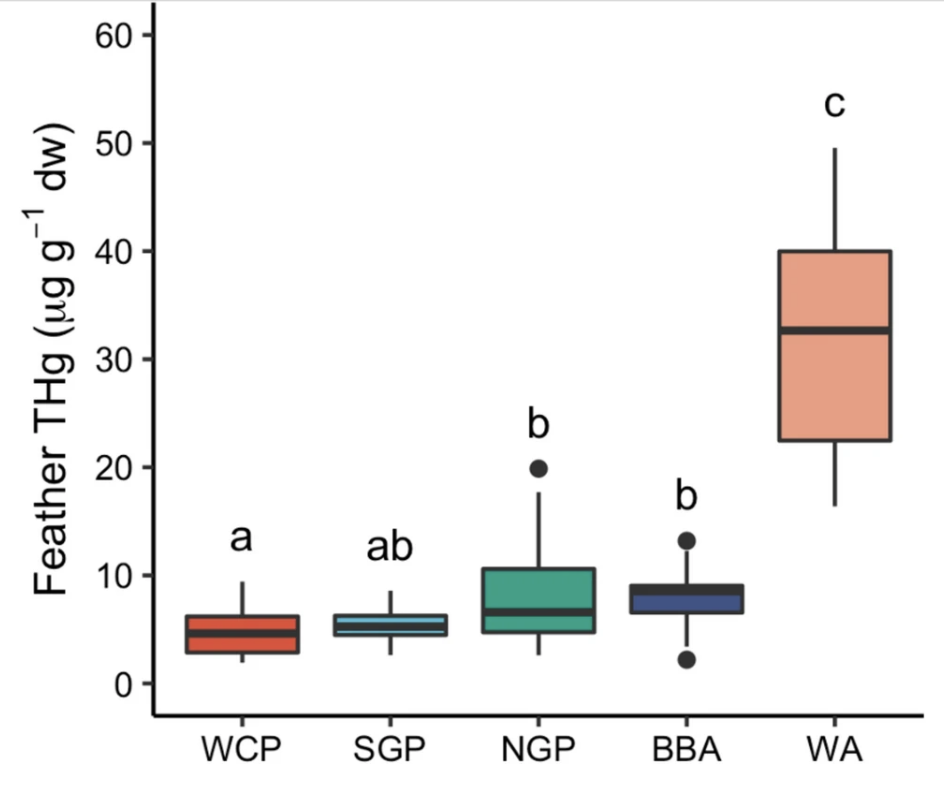 Figure 1 from the paper: Boxplots of total Hg concentrations (µg g−1 dw) in body feathers of albatrosses and petrels sampled at Bird Island, South Georgia. Species abbreviations are as follows: BBA = black-browed albatross Thalassarche melanophris; NGP = northern giant petrel Macronectes halli; SGP = southern giant petrel M. giganteus; WA = wandering albatross Diomedea exulans; WCP = white-chinned petrel Procellaria aequinoctialis. Samples were collected from southern giant petrels in the 2011/2012 breeding season and from all other species in 2014/2015. Species sharing superscript letters are not significantly different according to post-hoc Tukey’s HSD tests. Boxplots show medians (horizontal lines), interquartile range (IQR; boxes), the lowest and highest values within 1.5 × IQR (whiskers) and outliers (black points)
Figure 1 from the paper: Boxplots of total Hg concentrations (µg g−1 dw) in body feathers of albatrosses and petrels sampled at Bird Island, South Georgia. Species abbreviations are as follows: BBA = black-browed albatross Thalassarche melanophris; NGP = northern giant petrel Macronectes halli; SGP = southern giant petrel M. giganteus; WA = wandering albatross Diomedea exulans; WCP = white-chinned petrel Procellaria aequinoctialis. Samples were collected from southern giant petrels in the 2011/2012 breeding season and from all other species in 2014/2015. Species sharing superscript letters are not significantly different according to post-hoc Tukey’s HSD tests. Boxplots show medians (horizontal lines), interquartile range (IQR; boxes), the lowest and highest values within 1.5 × IQR (whiskers) and outliers (black points)
The paper’s abstract follows:
“Mercury (Hg) is an environmental contaminant that can negatively impact the health of humans and wildlife. Albatrosses and large petrels show some of the highest levels of Hg contamination among birds, with potential repercussions for reproduction and survival. Here, body feather total Hg (THg) concentrations were determined in breeding adults of five species of albatrosses and large petrels in the foraging guild at South Georgia during the mid-2010s. We tested the effects of species, sex and trophic ecology (inferred from stable isotopes) on THg concentrations and compared our results with published values from past decades. Feather THg concentrations differed significantly among species (range: 1.9–49.6 µg g−1 dw), and were highest in wandering albatrosses Diomedea exulans, intermediate in black-browed albatrosses Thalassarche melanophris and northern giant petrels Macronectes halli, and lowest in southern giant petrels M. giganteus and white-chinned petrels Procellaria aequinoctialis. Females were more contaminated than males in all species, potentially due to differences in distributions and diet composition. Across species, THg concentrations were not correlated with feather δ13C or δ15N values, implying that species effects (e.g., breeding and moulting frequencies) may be more important than trophic effects in explaining feather THg concentrations in this foraging guild. Within species, the only significant correlation was between THg and δ13C in wandering albatrosses, which could reflect higher Hg exposure in subtropical waters. Comparisons with THg concentrations from past studies, which reflect contamination from 10 to > 60 years ago, revealed considerable annual variation and some evidence for increases over time for wandering and black-browed albatrosses since before 1950 and from the late 1980s, respectively.”
Reference:
Mills, W.F., Bustamante, P., Ramírez, F. et al. 2024. Mercury Concentrations in Feathers of Albatrosses and Large Petrels at South Georgia: Contemporary Patterns and Comparisons with Past Decades. Arch Environ Contam Toxicol 86: 363-374 . https://doi.org/10.1007/s00244-024-01067-9
03 June 2024

 English
English  Français
Français  Español
Español 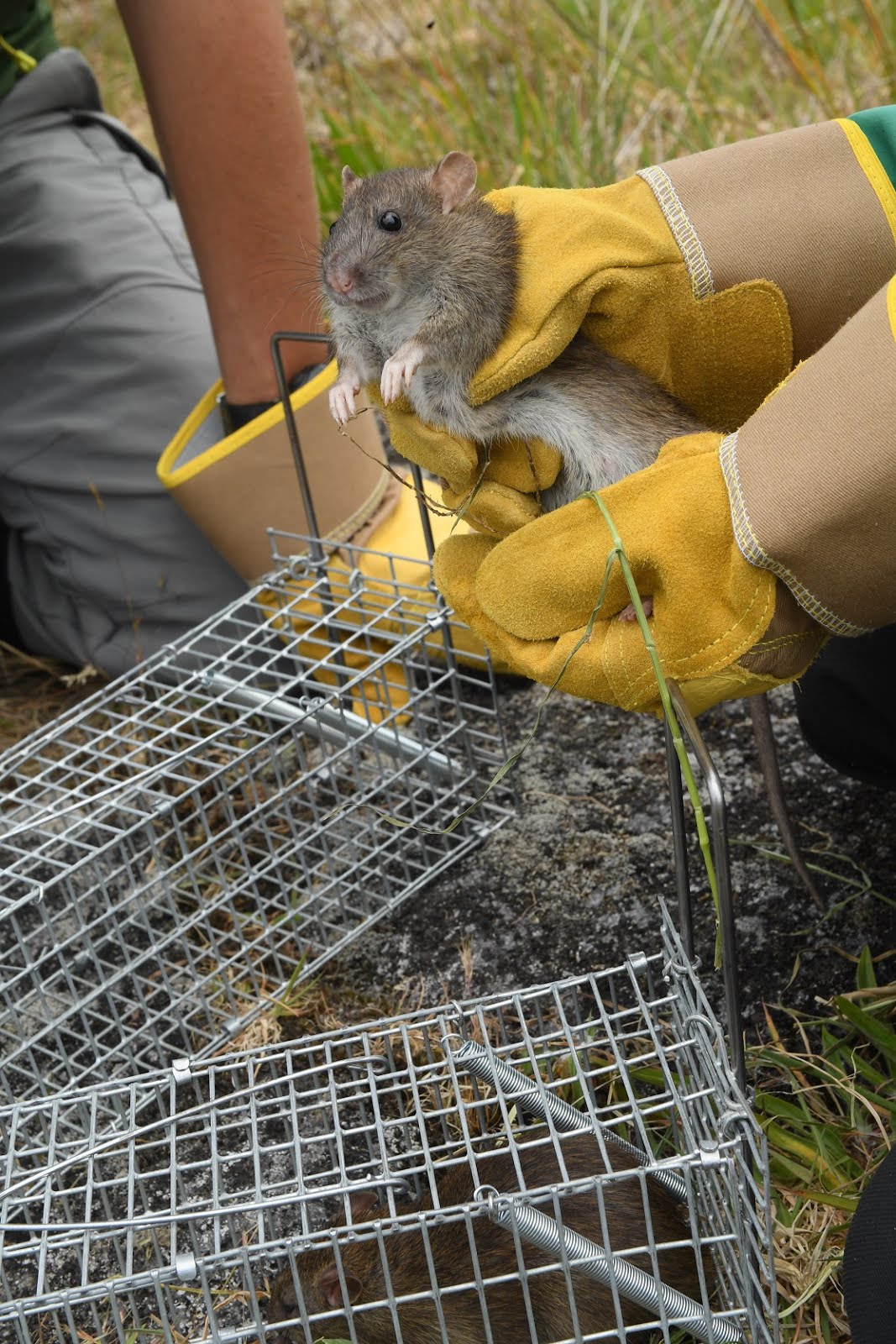
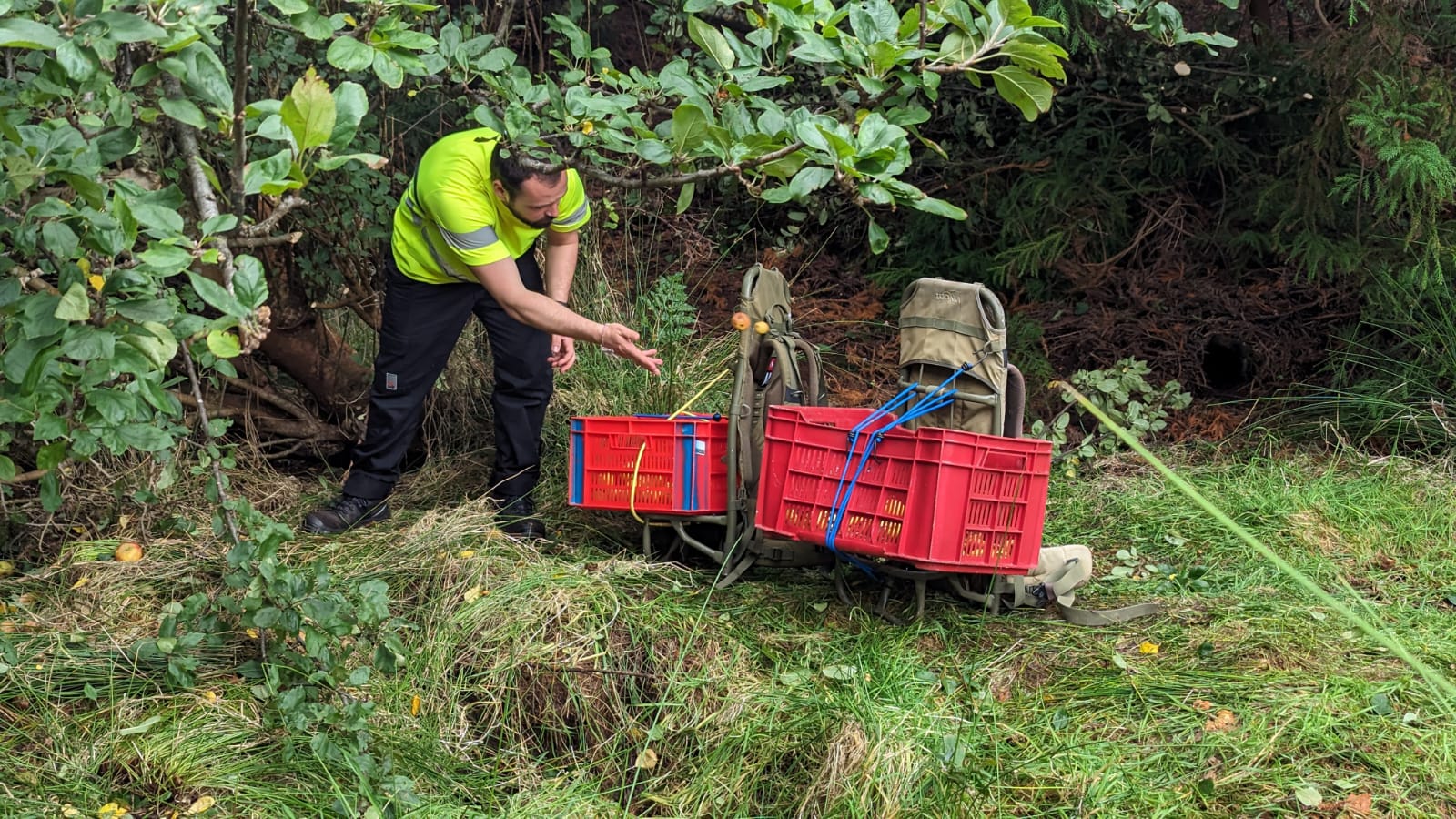
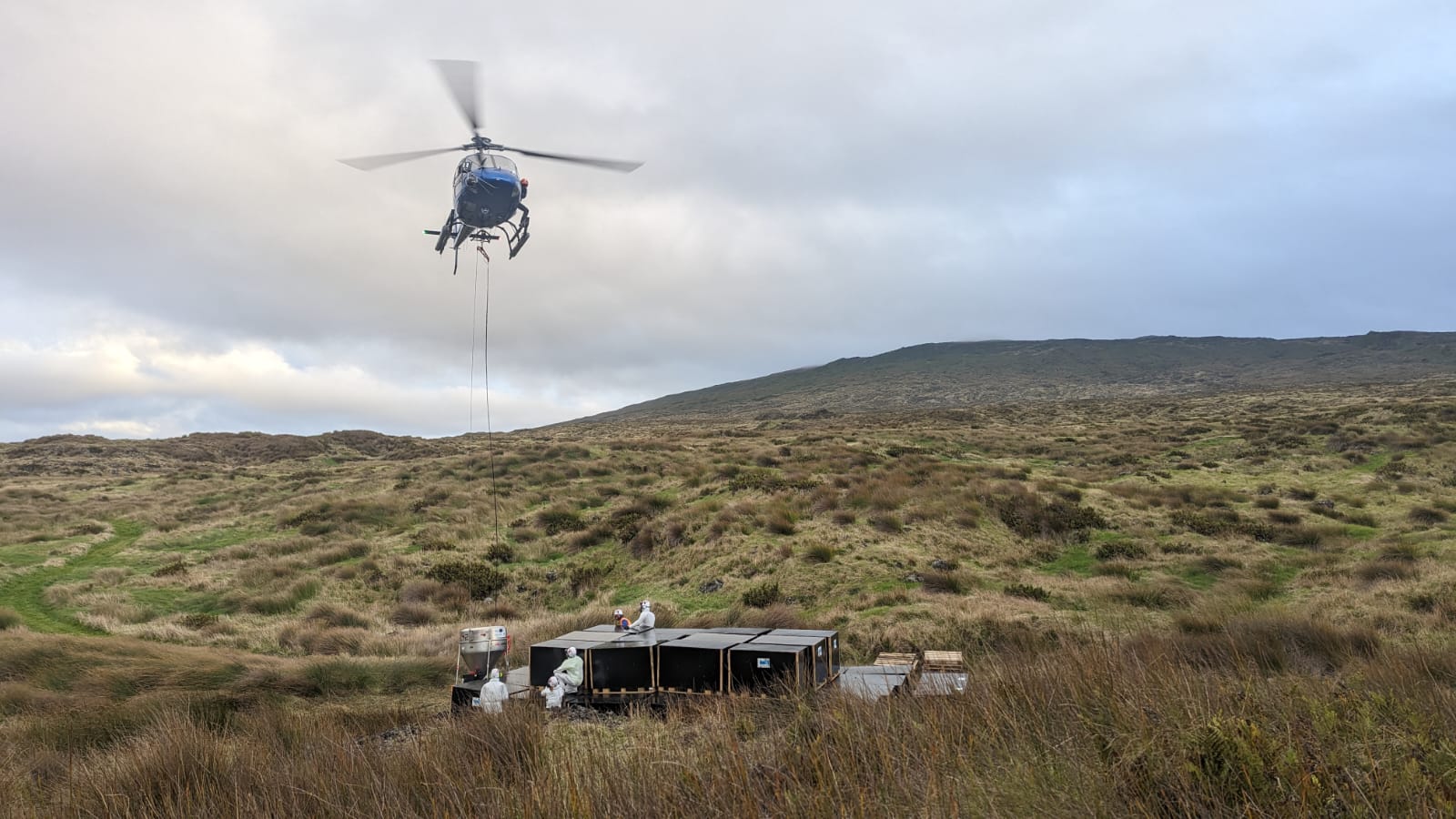
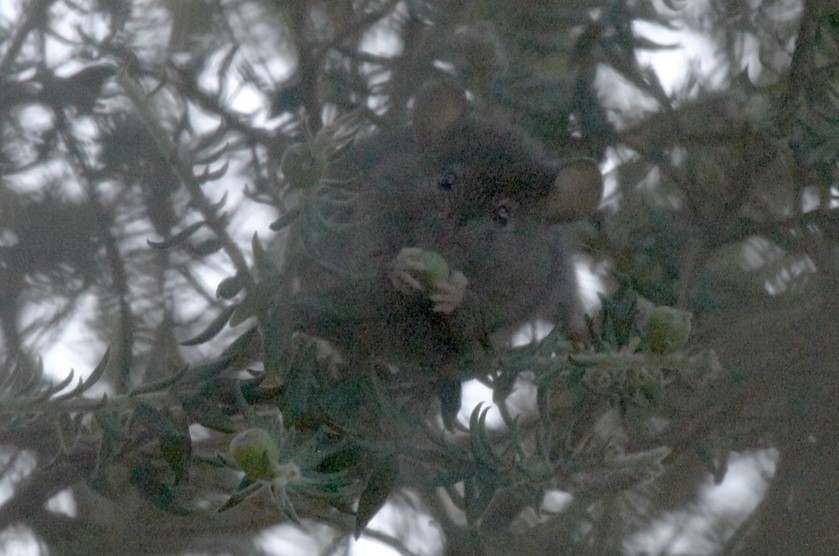
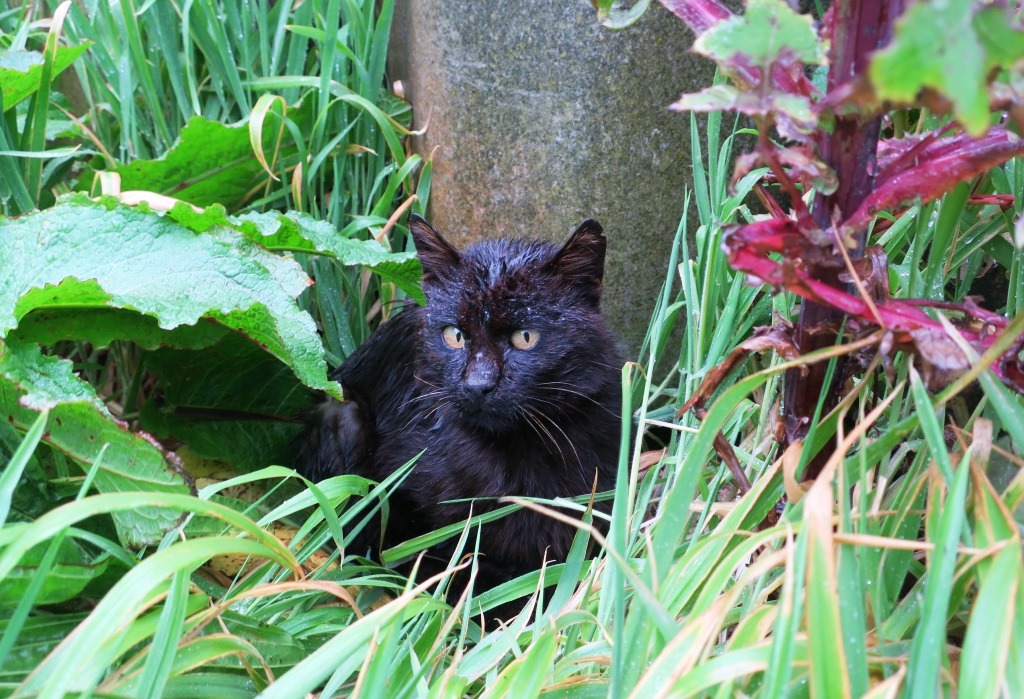
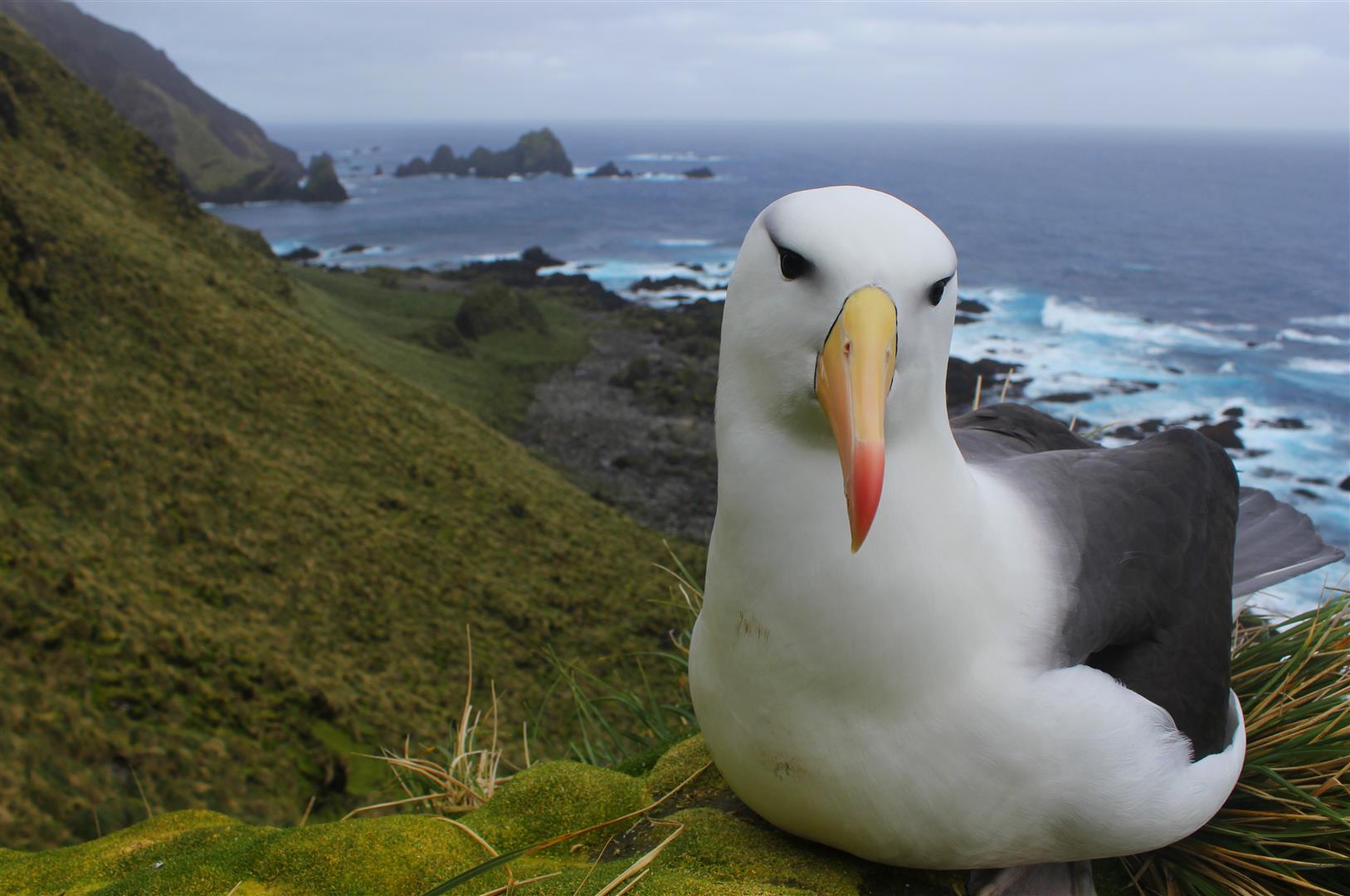



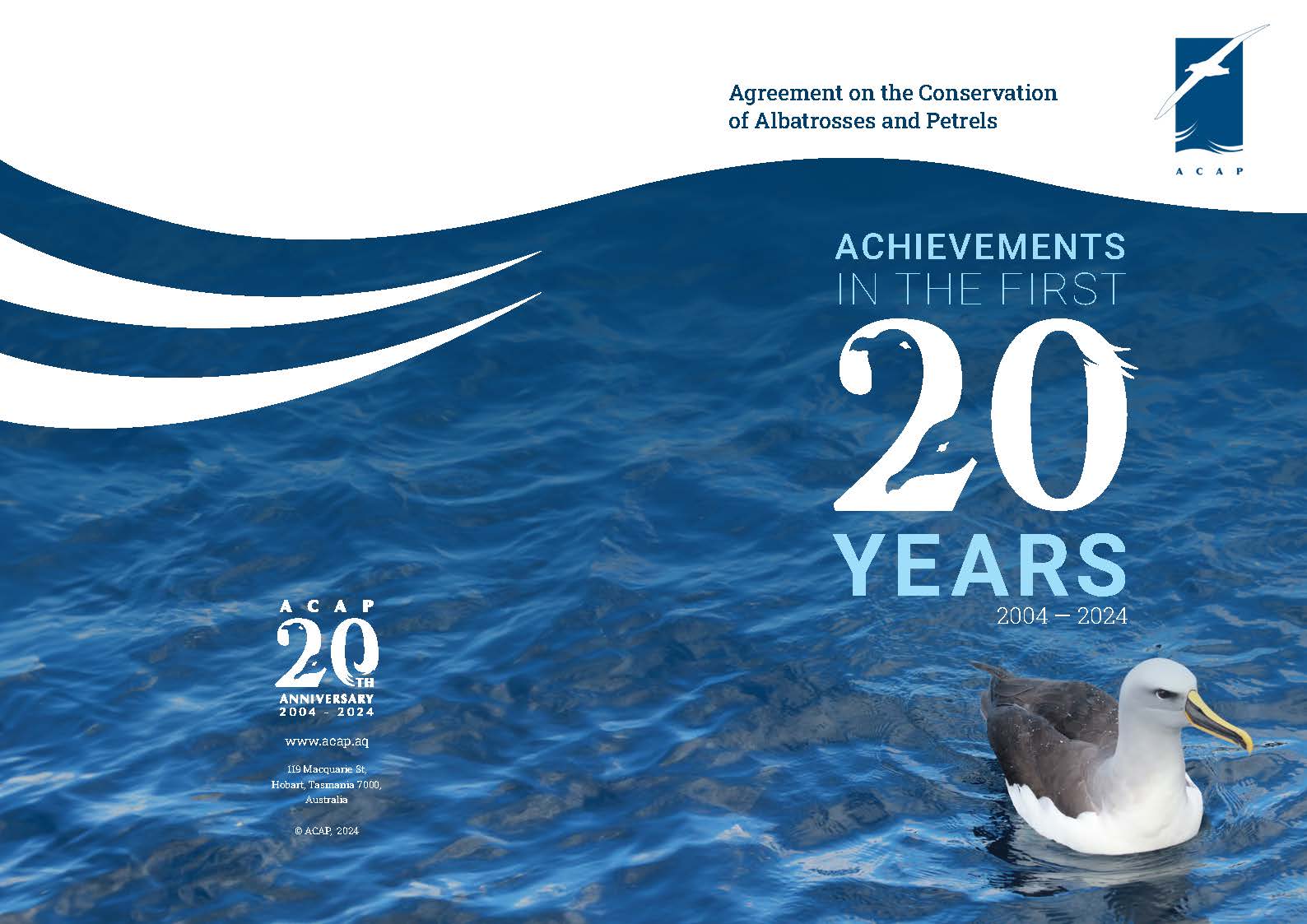
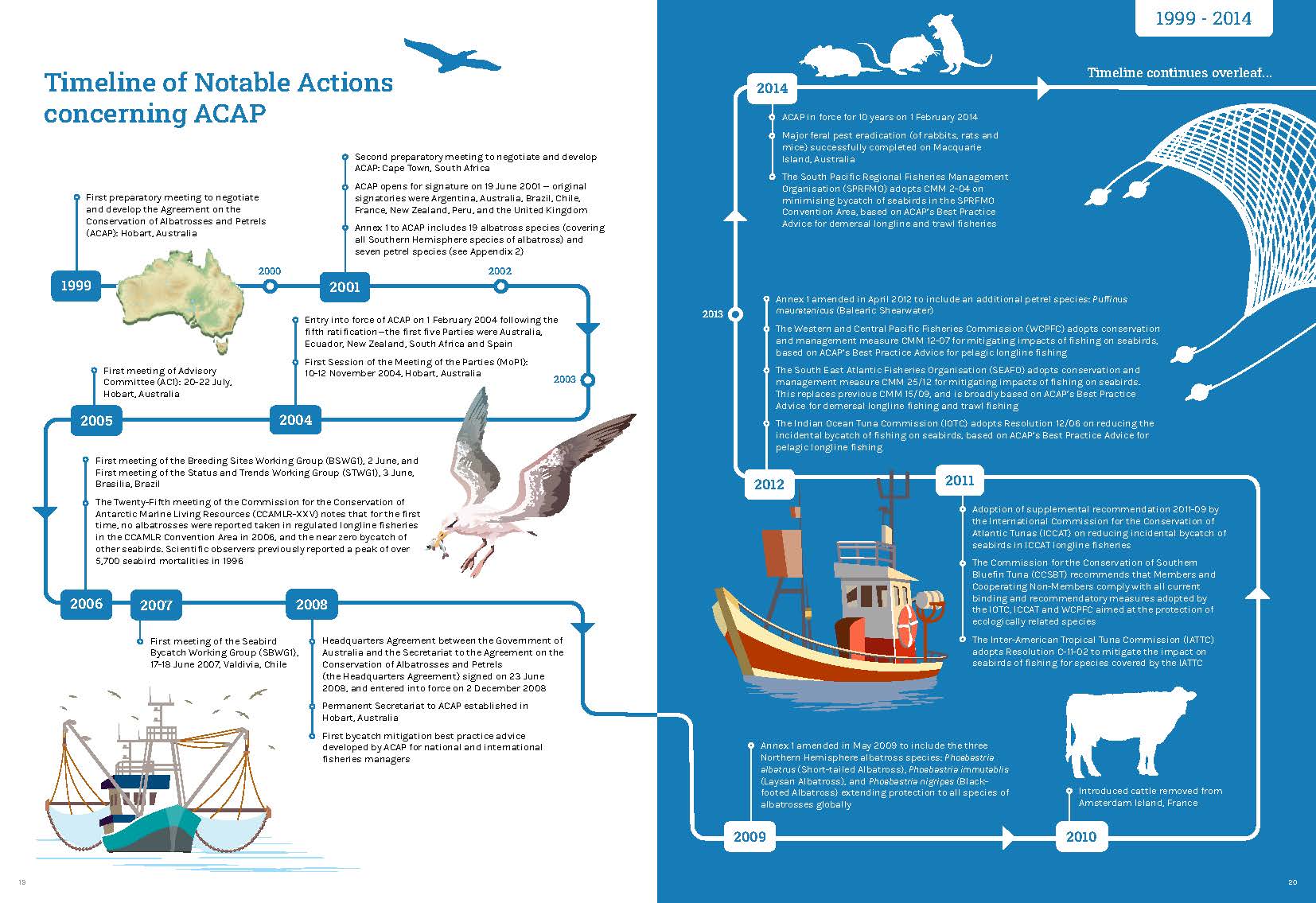
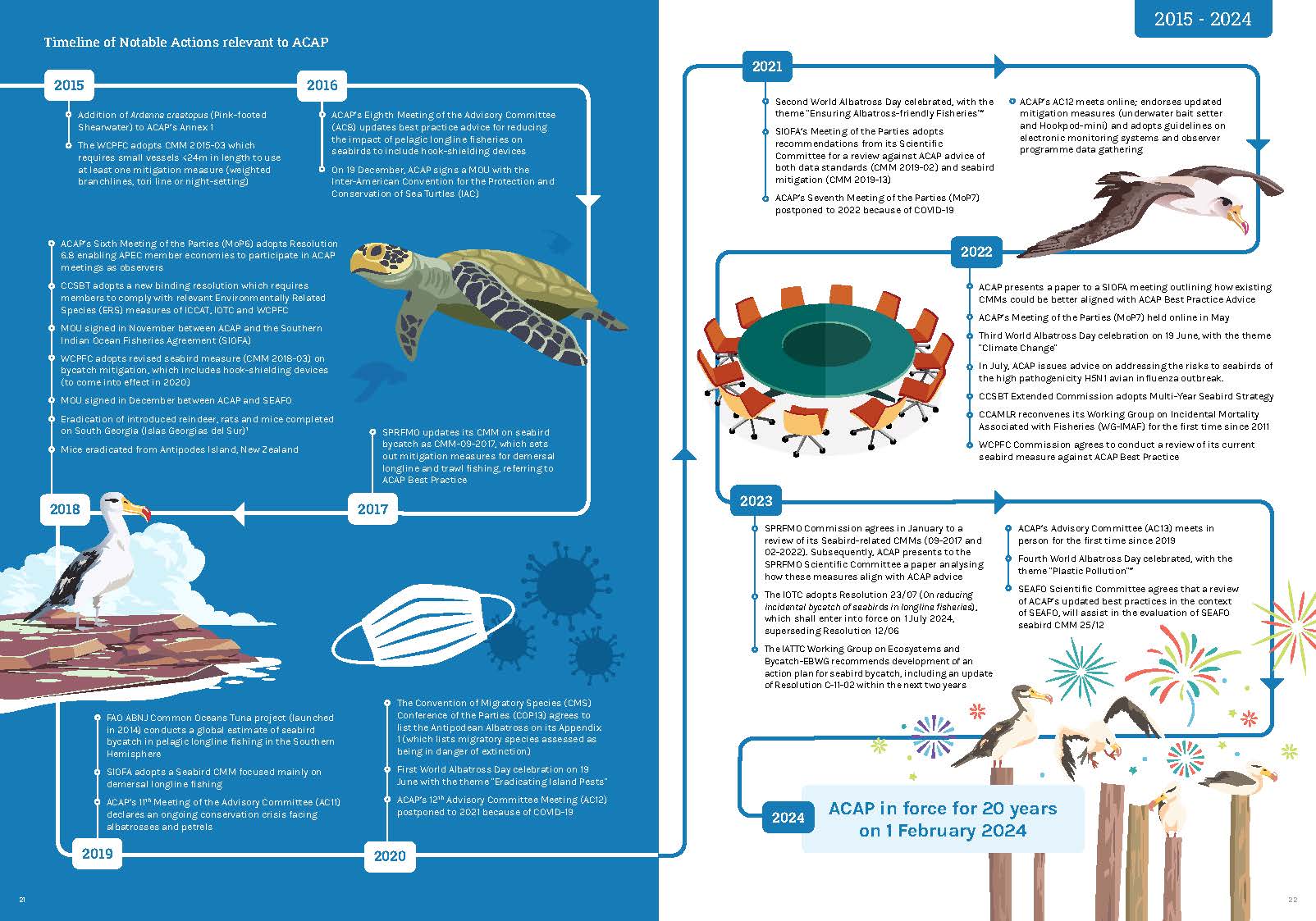
 “A piece of plastic wrapper and part of an orange balloon” removed from the juvenile Black-browed Albatross, photograph from the Wellington Zoo Te Nukuao
“A piece of plastic wrapper and part of an orange balloon” removed from the juvenile Black-browed Albatross, photograph from the Wellington Zoo Te Nukuao